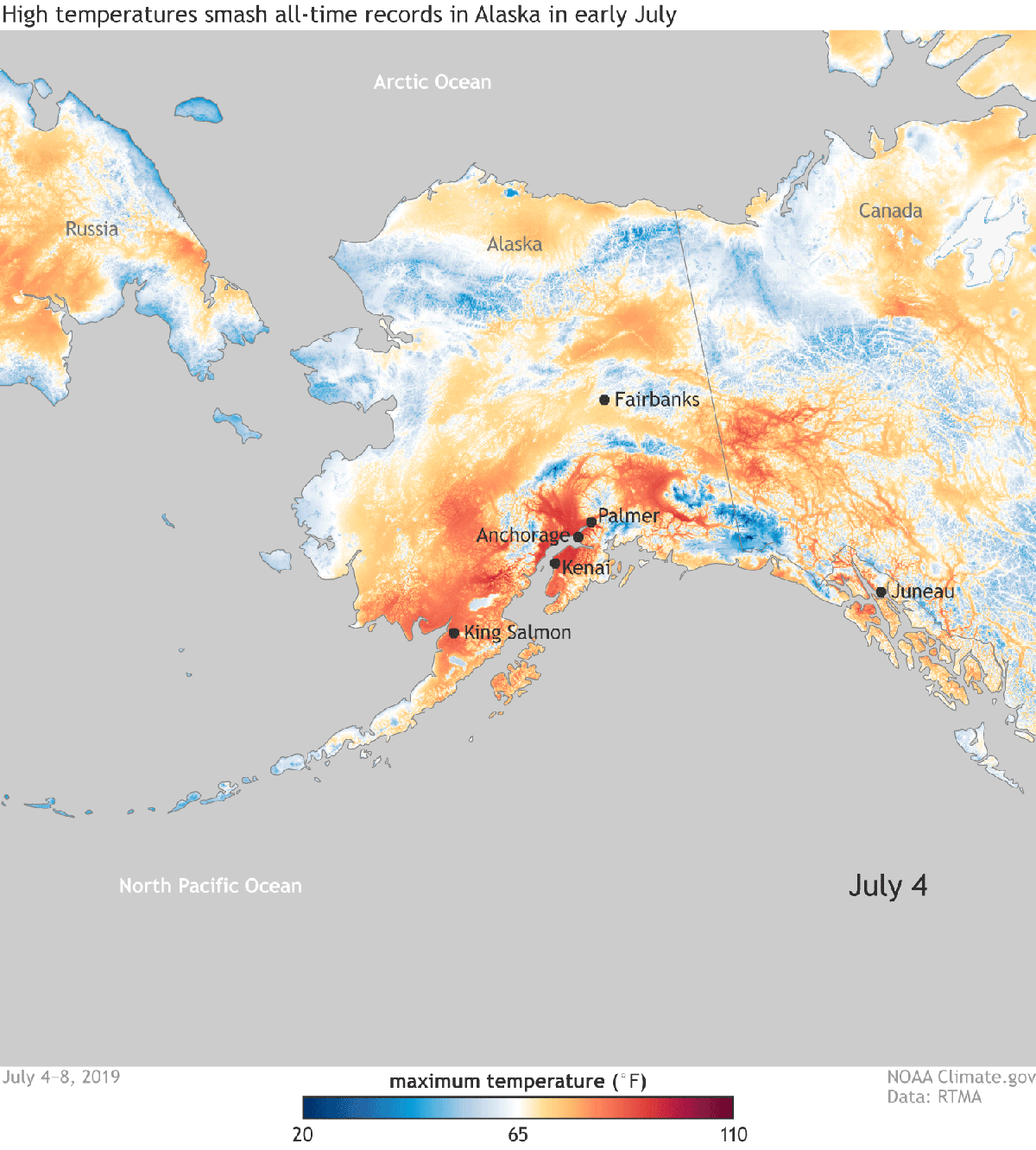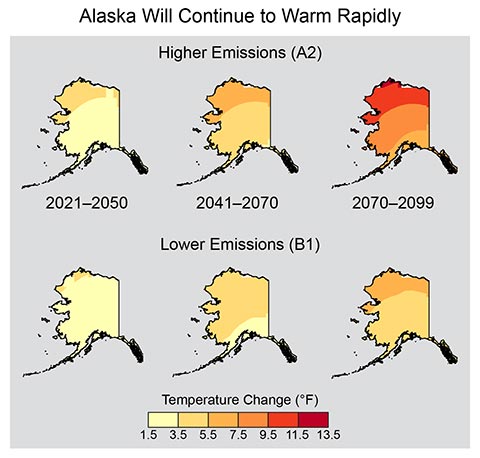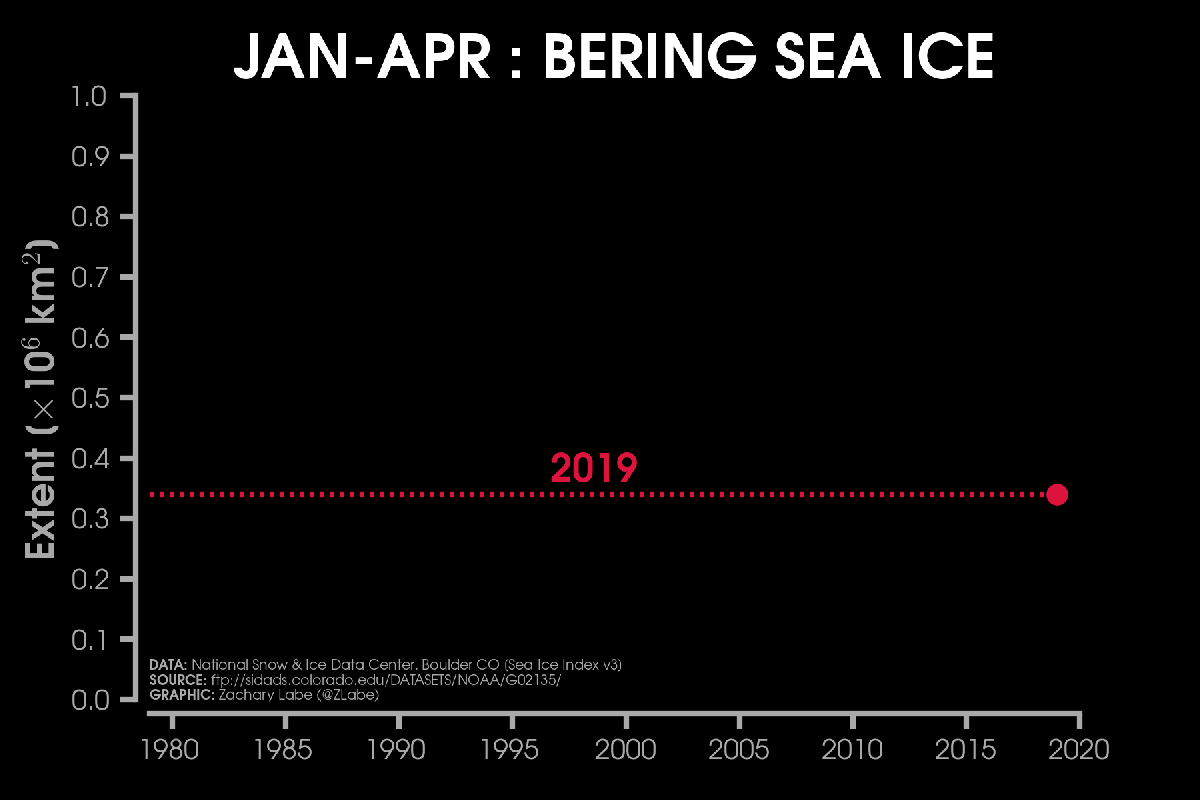Welcome to the course!
So, you have decided to learn about the adverse effects of climate change in
the Alaskan regions? If so, you are at the right spot we, the Aeromates,
have designed this short course to teach you about the same with real NASA
data.
Switch on your researcher mode and let's explore what secrets lie
in NASA's goldmine.
What we do?
Visualise NASA's Arctic-Boreal Vulnerability Experiment (ABoVE) dataset and link the changing climate with vegetation and wildlife in Alaska and Canada.
See GraphicallyOver the past 60 years, the average temperature across Alaska has increased by approximately 3°F. This increase is more than twice the warming seen in the rest of the United States. Warming in the winter has increased by an average of 6°F and has led to changes in ecosystems, such as earlier breakup of river ice in the spring.
Rising temperatures may provide some benefits in Alaska, such as a longer growing season for agricultural crops, increased tourism, and access to natural resources that are currently inaccessible due to ice cover, like offshore oil. However, climate change is also having adverse effects on many ecosystems and species, and is creating new hardships for Native Alaskans.

Impacts of Climate Change
All of humanity, but especially, the people in Alaska and Canada. The hunting patterns and endemic population datasets will paint a great picture of the impacts of climate change on our lives, economies and the planet as a whole.


Retreating Sea Ice
In the spring, hunters set up camps on the ice where they butcher the animals they catch. But with temperatures in Utqiaġvik rising at some of the fastest recorded rates on Earth, the so-called landfast ice is breaking up earlier in the spring, reducing the amount of time it can be used for hunting. The ice that’s present is becoming weaker and more dangerous.
Most glaciers in Alaska and British Columbia are shrinking substantially. This trend is expected to continue and has implications for hydropower production, ocean circulation patterns, fisheries, and global sea level rise.

Wildfire
Fires torched some 2.6 million acres across the state this year, and although that’s far from Alaska’s worst wildfire season — in 2004, a staggering 6.5 million acres burned statewide — 2019 will go down as one of the ten largest wildfire years since 1940. Big years like it are occurring far more often than they used to.
While there’s been little loss of property, smoke from the fires has caused dangerous breathing conditions. In one case, two fires burning near Lake Iliamna joined and in one day burned about 75 square miles (194 square kilometers) of boreal forest, creating smoke and ash that strong winds transported hundreds of miles northwest to Nome, pushing the air quality index into the extremely unhealthy category.